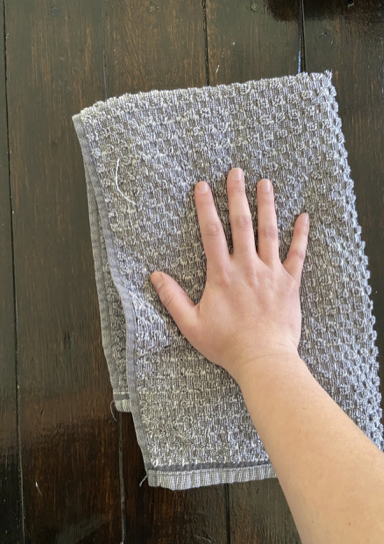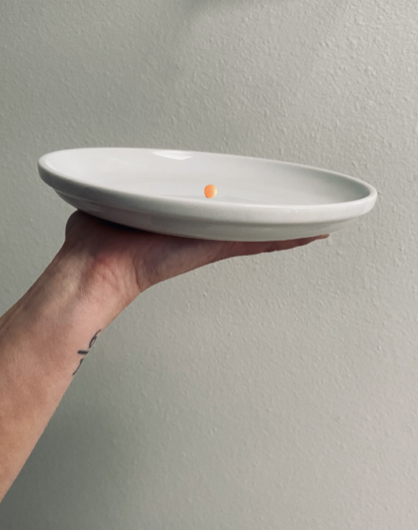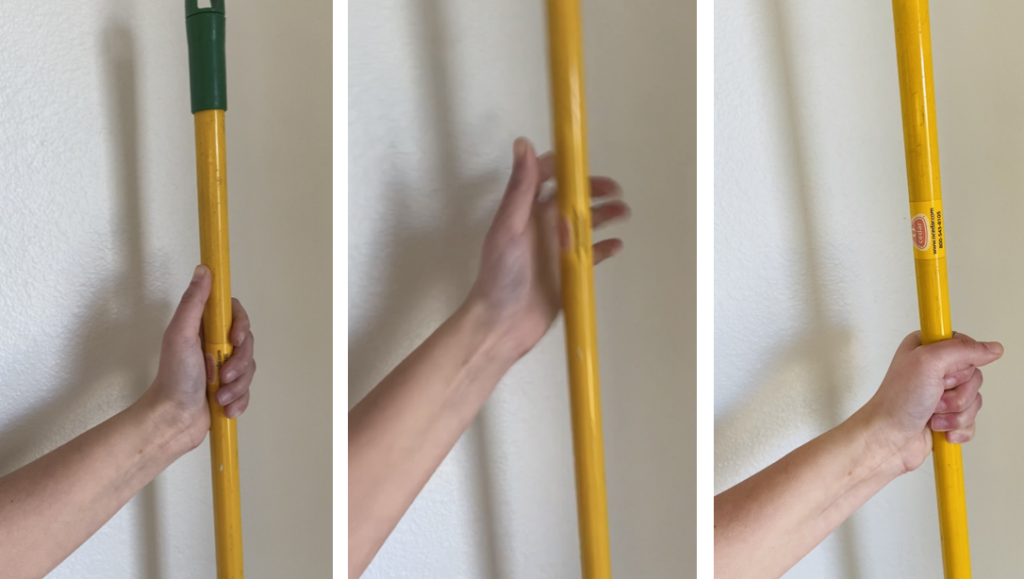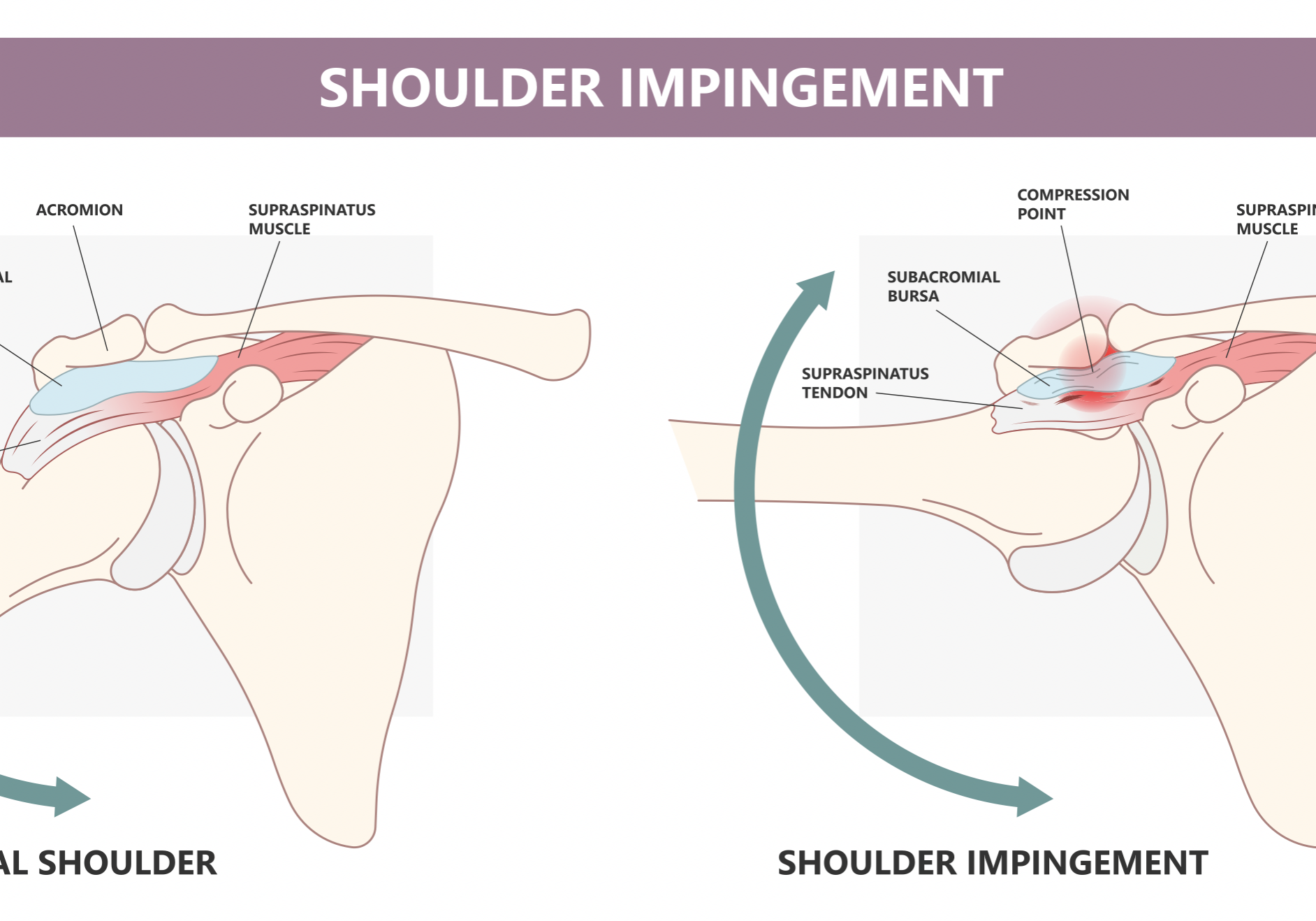Functional Home Exercises for Patients with Wrist Instability
Filed under Treatments
Functional Home Exercises for Patients with Wrist Instability
Ever wondered what brushing your teeth, dressing, making a U-turn, and playing sports have in common? They all rely on a stable wrist. Wrist stability is crucial for everyday activities, supporting wrist proprioception, coordination, motor control, stability, and mobility (Wietlisbach, 2019). For patients recovering from a wrist injury or patients with wrist instability , maintaining this stability is essential, but keeping up with home exercises can be challenging without engaging tools.
In the clinic, fun tools like a disc stacker or gyroball can motivate patients during exercises. However, at home, adherence can wane without these tools.
Here are some simple wrist exercises patients can incorporate into their daily routine:
1.) Towel Wiping
- Engage in household chores like cleaning tables or mirrors using a soft towel. This activity provides proprioceptive feedback through weight-bearing and tactile sensory input.

2.) Wrist Stability with a Plate
- Hold a plate with a marble on it in the palm of your hand, keeping your elbow close to your side. The goal is to keep the marble centered on the plate. For increased difficulty, add more marbles. This exercise enhances proprioception, wrist stability, and motor control.

3.) Broom Turning and Gripping
- Before sweeping, practice motor coordination and gripping skills. Hold the broom from the top of its handle, slightly above the floor. Release the broom, then gradually grip lower down the handle without letting it touch the floor. Repeat until reaching the end of the handle. This exercise integrates sensorimotor function into daily activities (IADLs).

These exercises not only support rehabilitation but also encourage patients to integrate their therapy into daily tasks. By incorporating these activities into their routine, patients can improve their wrist instability and overall recovery. As always make sure this is an appropriate exercise based on the stage of rehabilitation that the patient is in.
Wietlisbach, C. (2020). Cooper’s Fundamentals of Hand Therapy, 3rd ed. Elsevier Inc.
More To Read
Shoulder Pain: The Effectiveness of Conservative Treatment
Reference: Steuri, R., Sattelmayer, M., Elsig, S., Kolly, C., Tal, A., Taeymans, J., & Hilfiker, R. (2017). Effectiveness of conservative interventions including exercise, manual therapy and medical management in adults with shoulder impingement: a systematic review and meta-analysis of RCTs. British journal of sports medicine, 51(18), 1340–1347. https://doi.org/10.1136/bjsports-2016-096515 By: Tayler Roost The Skinny: This study…
Read MoreSensory interventions on motor function, activities of daily living, and spasticity of the upper limb in people with stroke: A randomized clinical trial.
Maryam, D., Parvin, R., Hossein, B., Jalili, M. & Hosein, T. (2020). Sensory interventions on motor function, activities of daily living, and spasticity of the upper limb in people with stroke: A randomised clinical trial. Journal of Hand Therapy, Jun 18;S0894-1130(20)30076-4. doi: 10.1016/j.jht.2020.03.028. Online ahead of print. The Skinny: Stroke is the second cause of death, leading…
Read MoreWhat are the minimally important changes of four commonly used patient-reported outcome measures for 36 hand and wrist condition-treatment combinations
Article Review By: Case Peters Reference Hoogendam, L., Koopman, J.E., van Kooj, Y.E., Feitz, R., Hundepool, C.A., Zhou, C. … The Hand Wrist Study Group (2021) What are the minimally important changes of four commonly used patient-reported outcome measures for 36 hand and wrist condition-treatment combinations. Clinical Orthopaedics and Related Research. epub ahead of print.…
Read MoreSign-up to Get Updates Straight to Your Inbox!
Sign up with us and we will send you regular blog posts on everything hand therapy, notices every time we upload new videos and tutorials, along with handout, protocols, and other useful information.





